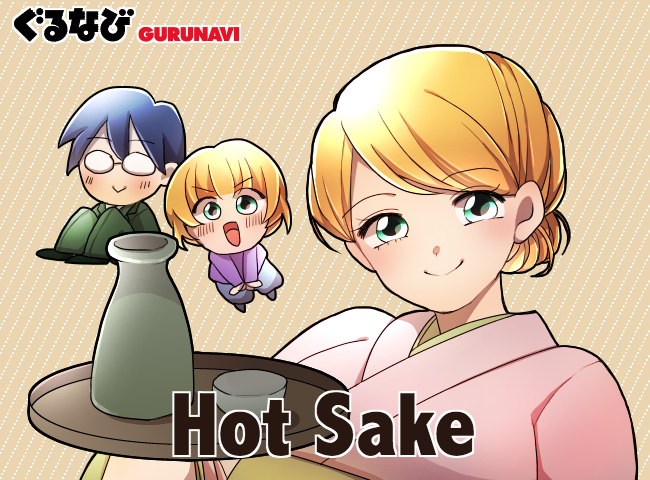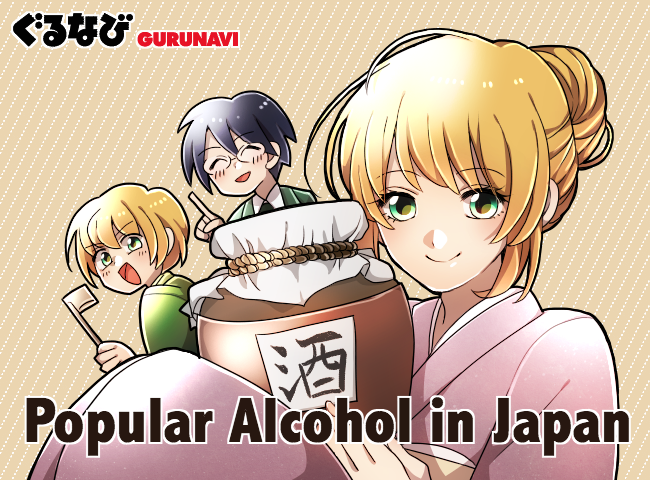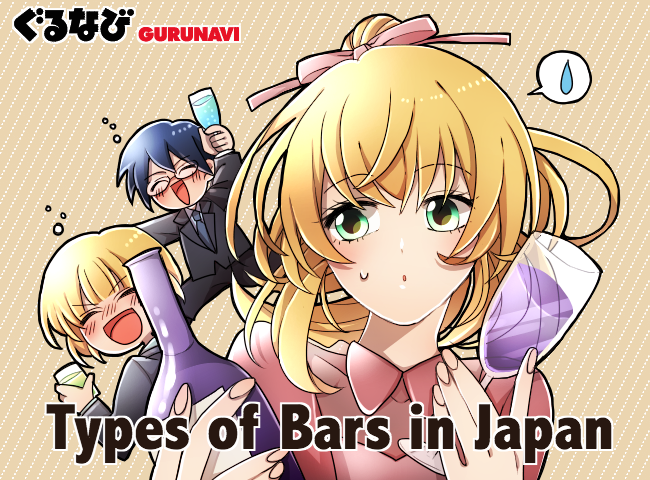Guide to Shochu: Japan’s Most Versatile Traditional Liquor

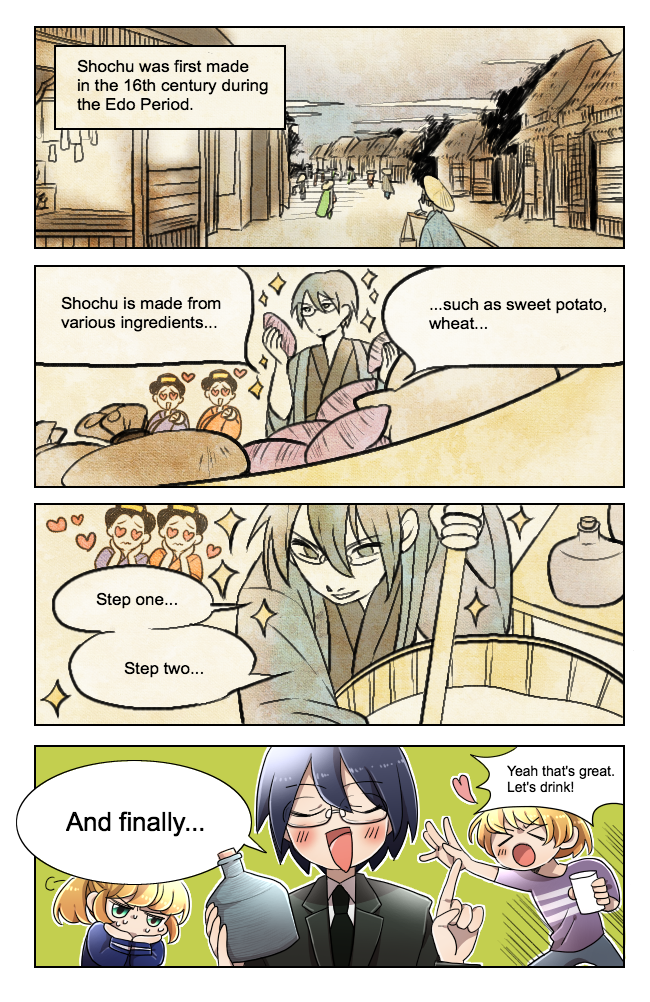
Although sake may be the most well-known Japanese alcohol around the world, shochu is the most consumed within Japan after beer. Similar in appearance, sake and shochu differ greatly in production method and flavor. Here’s a guide to the many varieties of Japanese shochu and how best to enjoy them!
What Is Japanese Shochu?

Where sake is fermented, shochu is distilled; where sake is made just from rice, shochu can be made from a range of base ingredients, like barley, sweet potato or buckwheat.
There are several theories as to the origin of shochu, which first appeared in Japan around 500 years ago. It’s generally agreed that shochu originated in Kyushu, and developed from distillation methods that arrived to Japan either via Thailand, China, or Korea (because of its likeness to the Korean alcohol soju). The earliest known record of shochu was some graffiti found in Kagoshima, dating around 1559, in which disgruntled workers wrote about treatment by their boss, complaining that he “never once gave us shochu to drink. What a nuisance!”
Although shochu experienced a decline in consumption for a period of time, from 1980 to 1995 consumption in Japan roughly tripled. Since then, it’s become increasingly popular, due perhaps to its lower calorie count than other alcohol, the wide variety of ways it can be drunk, and its ability to complement a range of dishes. It's popularity has also grown beyond the traditional image as a drink for oyaji (old men), and is now trendy among younger consumers, particularly women.
How Shochu Is Made
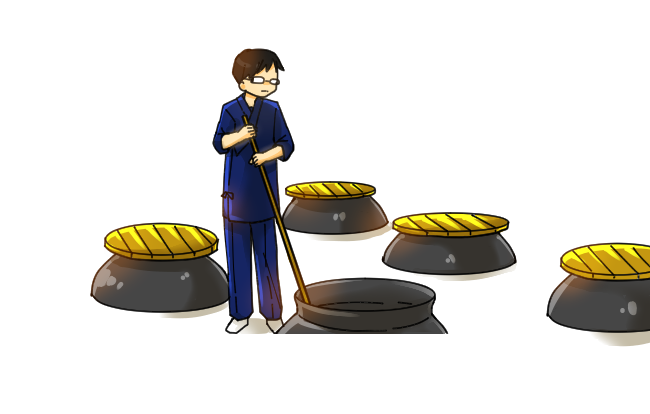
The first step to producing shochu is to make a moromi (mash). To do this, water, yeast and koji mold are combined and left to ferment for several days. Once the moromi has been created, the base ingredient such as rice, buckwheat, barley or sweet potato is crushed and mixed into the moromi. This is then left to ferment for about a week. The resulting mixture is distilled to increase its purity and raise the alcohol level. Water may be added to the liquid, or it may undergo further distillation. Genshu is shochu that has no water added.
Shochu that results from the first distillation is known as honkaku (“genuine”) shochu, a variety best drunk neat or with only water or ice as a mixer to fully appreciate the flavors of the base ingredients. Shochu that undergoes multiple distillations—the same process used for other spirits such as vodka—has a higher proof and less distinguishable flavors, and is more commonly drunk with mixers.
Types of Shochu

Aside from the number of distillations, shochu is categorized according to the base ingredient of the mash. Mugi shochu is made from barley, and has a flavor that is quite mild and accessible for beginners. Kome shochu is made from rice and is also smooth and umami in flavor. Imo shochu is made from Japanese sweet potato, and has a stronger flavor and aroma, making it a good variety to try warm. Soba shochu is made from buckwheat, like soba noodles. It is a more modern variety of shochu, and has a mild, slightly bitter flavor. Kokuto shochu is made from sugarcane, and is a specialty of the Amami Islands, between Kyushu and Okinawa. It’s a rarer variety of shochu, and because of its sugary base, has a slightly sweeter, richer flavor.
One further category of shochu is the Okinawa specialty, awamori. It’s made from long-grain rice and is generally much stronger than other varieties of shochu, with an alcohol content of around 25–30%.
In addition to the base ingredient used, the flavor of shochu is also impacted by the type of koji, distillation process (single or multiple), distillation vessel (oak barrell, clay pot, steel tank), and length of aging. Other ingredients such as shiso (Japanese basil), sesame and molasses can also be added into the mash for additional complexities in flavor.
How to Drink Shochu
Shochu is an extremely versatile drink, so if you’re wondering how to drink shochu, you’ll be pleased to find it can be taken neat, on the rocks, warmed, and with a wide range of mixers.
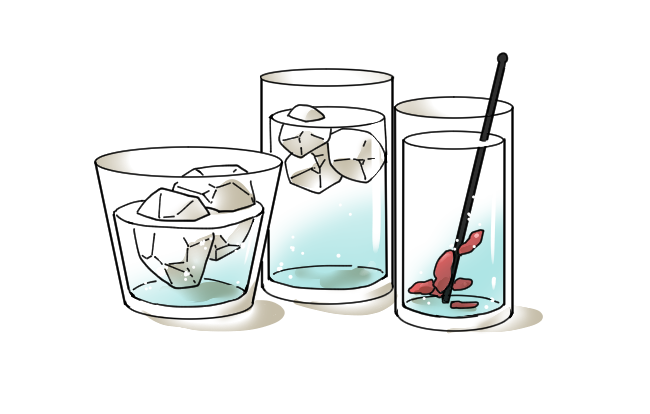
Hokushu shochu, being the premium variety of shochu, is generally drunk neat, rocks, water or warmed. Enjoying shochu neat allows for a full insight into the flavor, but maybe be a little harsh for those just starting out. On the rocks (“rokku” in Japanese) is a refreshing way to drink shochu in summer and softens the flavor a bit.
Mizuwari is a way of serving alcohol with water in Japan, and is common when drinking shochu. The water component dilutes the flavor and alcohol, providing a softer flavor. Generally the ratio is 2:3 or 1:1 water to shochu.
Oyuwari is a warmed version of mizuwari. Water is heated to around 70°C then added to a glass. Shochu is poured on top in a ratio of 2:3 or 1:1, and because the shochu is denser, as it sinks the two liquids combine. Shochu can also be warmed without water, by being submerged in hot water in a kettle, but this is less common.

Shochu is also often drunk with a mixer. This can be tea, such as oolong tea (called an “oolong hai”) or matcha tea (“matcha hai”), as well as fruit juices, and soda water with various citrus flavors. Shochu with soda and citrus is called a “sour,” and some popular concoctions in Japan include lemon sour, lime sour, yuzu sour, and shikuwasa sour. Shochu can also be infused with other ingredients such as coffee beans or yuzu, and pickled plums are steeped in shochu for several months to create the popular plum liqueur, umeshu.
Pairing Shochu with Food
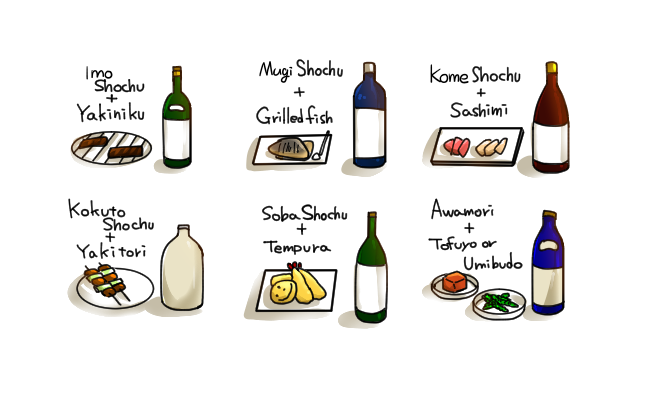
Because of its aromatic barley-like flavor, mugi shochu matches well with grilled white fish. Imo shochu’s richer, bolder flavor stands up well to stronger dishes like yakiniku and deep-fried food. The light, smooth and umami characteristics of kome shochu are a perfect match for the delicate flavors of sashimi, sushi and tofu. Soba shochu, with its mild but slightly bitter flavor balances well with spicy food, tempura and juicy meats. Kokuto shochu’s sweetness goes well with dishes that are on the sweeter side, like yakitori with tare sauce and simmered pork belly. Awamori, being from Okinawa, matches well with local dishes like umibudo and tofuyo, and its bold nature means it can be paired with stronger creamier foods and heavy meat dishes.
Try Shochu for Your Next Japanese Tipple
Take in the spirits of Japan by exploring the diverse world of shochu. If you're just starting out and wondering how to drink shochu, we suggest starting out on the mild and earthy flavor of mugi shochu over ice, or some smooth kome shochu paired with sushi. Kampai!



